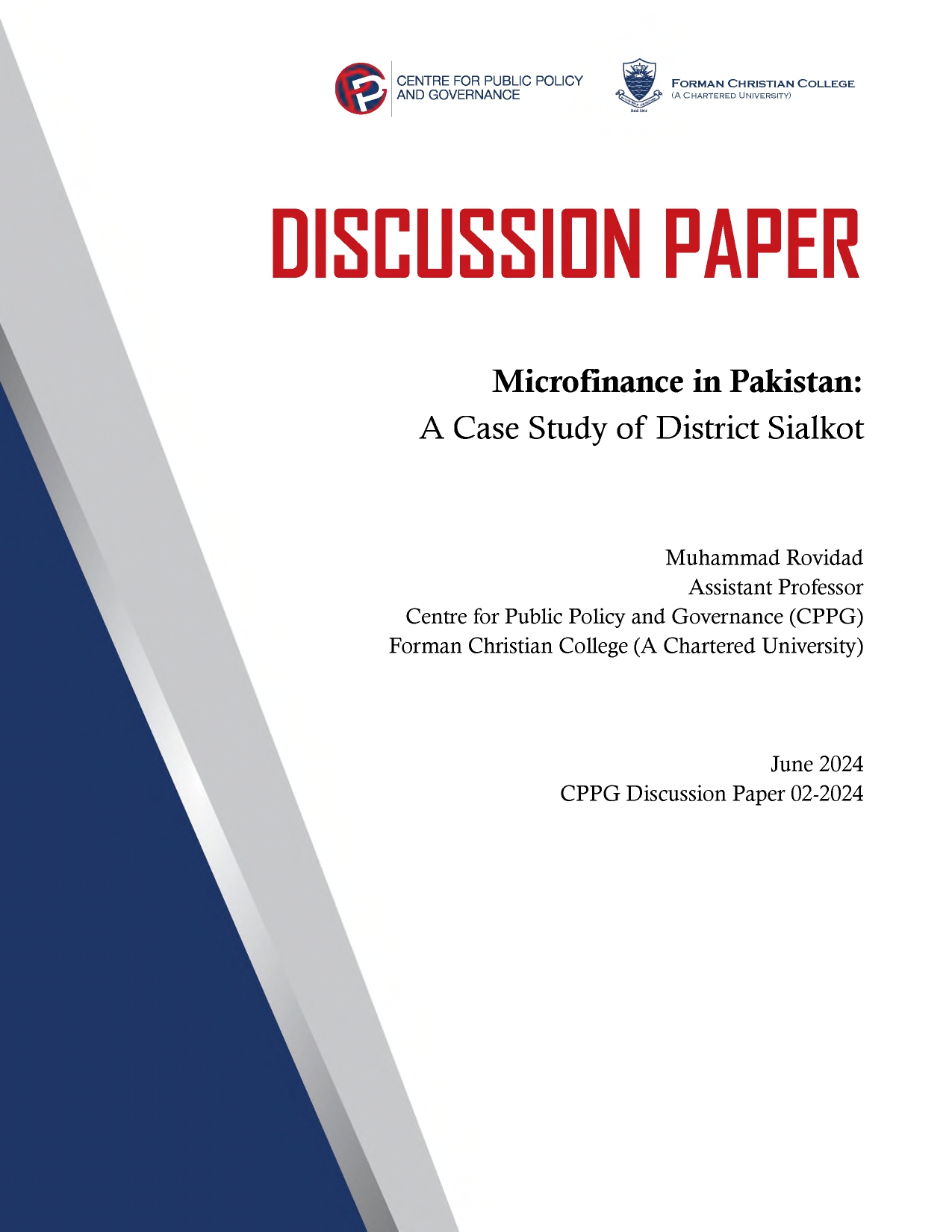
Executive Summary
In 2001, the Government of Pakistan launched the formal microfinance sector intending to reduce poverty and income inequality. Despite several claims from micro-level studies regarding the efficiency and productivity of microfinance, it became plausible to analyze its performance on an aggregate level. This discussion paper focuses on District Sialkot, known for its entrepreneurial spirit and tradition of small and micro enterprises, to critically analyze the distributional effects of microfinance. For that purpose this paper exploits quintile data from 1991 to 2017-18, published by the Household Income and Expenditure Survey (HIES) of the Pakistan Bureau of Statistics (PBS) and employs the Lorenz Curve to measure income distribution. The findings reveal a significant decline in the Gini Coefficient from 0.72 in 1991 to 0.43 in 2017 in the district. This improvement is also demonstrated by the Lorenz Curve, which shows curves moving closer to the line of equality, indicating a more equitable income distribution compared to previous years. Moreover, the results reveal a significant decrease in poverty ratios in Sialkot, along with improvements in various socioeconomic indicators. These improvements include an overall increase in school enrollments, with a significant rise in girls’ enrollment, more frequent visits to basic health units (BHUs), and greater employment rates among both males and females.
Citations

